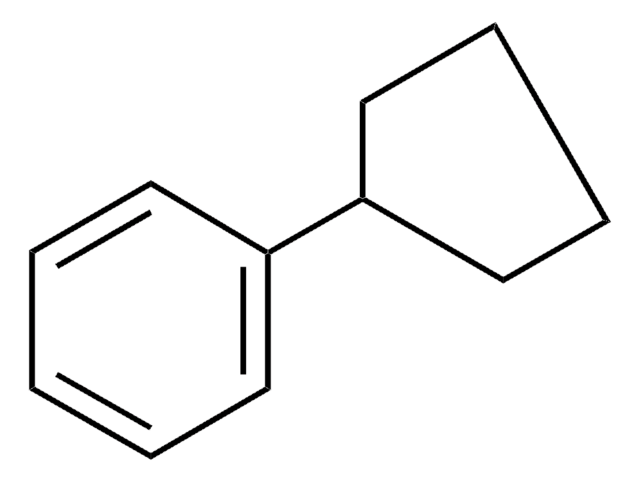L2807
3,7-Dimethyl-1,6-octadien-3-yl acetate
97%
Synonym(s):
Linalyl acetate, 3,7-Dimethyl-1,6-octadien-3-yl acetate, Bergamol
About This Item
Recommended Products
vapor density
6.8 (vs air)
vapor pressure
0.1 mmHg ( 20 °C)
Assay
97%
refractive index
n20/D 1.453 (lit.)
bp
220 °C (lit.)
density
0.901 g/mL at 25 °C (lit.)
SMILES string
C\C(C)=C\CCC(C)(OC(C)=O)C=C
InChI
1S/C12H20O2/c1-6-12(5,14-11(4)13)9-7-8-10(2)3/h6,8H,1,7,9H2,2-5H3
InChI key
UWKAYLJWKGQEPM-UHFFFAOYSA-N
Looking for similar products? Visit Product Comparison Guide
Related Categories
Signal Word
Warning
Hazard Statements
Precautionary Statements
Hazard Classifications
Eye Irrit. 2 - Skin Irrit. 2 - Skin Sens. 1B
Storage Class Code
10 - Combustible liquids
WGK
WGK 1
Flash Point(F)
201.2 °F - closed cup
Flash Point(C)
94 °C - closed cup
Personal Protective Equipment
Choose from one of the most recent versions:
Already Own This Product?
Find documentation for the products that you have recently purchased in the Document Library.
Our team of scientists has experience in all areas of research including Life Science, Material Science, Chemical Synthesis, Chromatography, Analytical and many others.
Contact Technical Service







![Poly[2-methoxy-5-(2-ethylhexyloxy)-1,4-phenylenevinylene] average Mn 40,000-70,000](/deepweb/assets/sigmaaldrich/product/structures/344/488/b8f8179d-3970-4deb-a754-adda88cdb36f/640/b8f8179d-3970-4deb-a754-adda88cdb36f.png)
